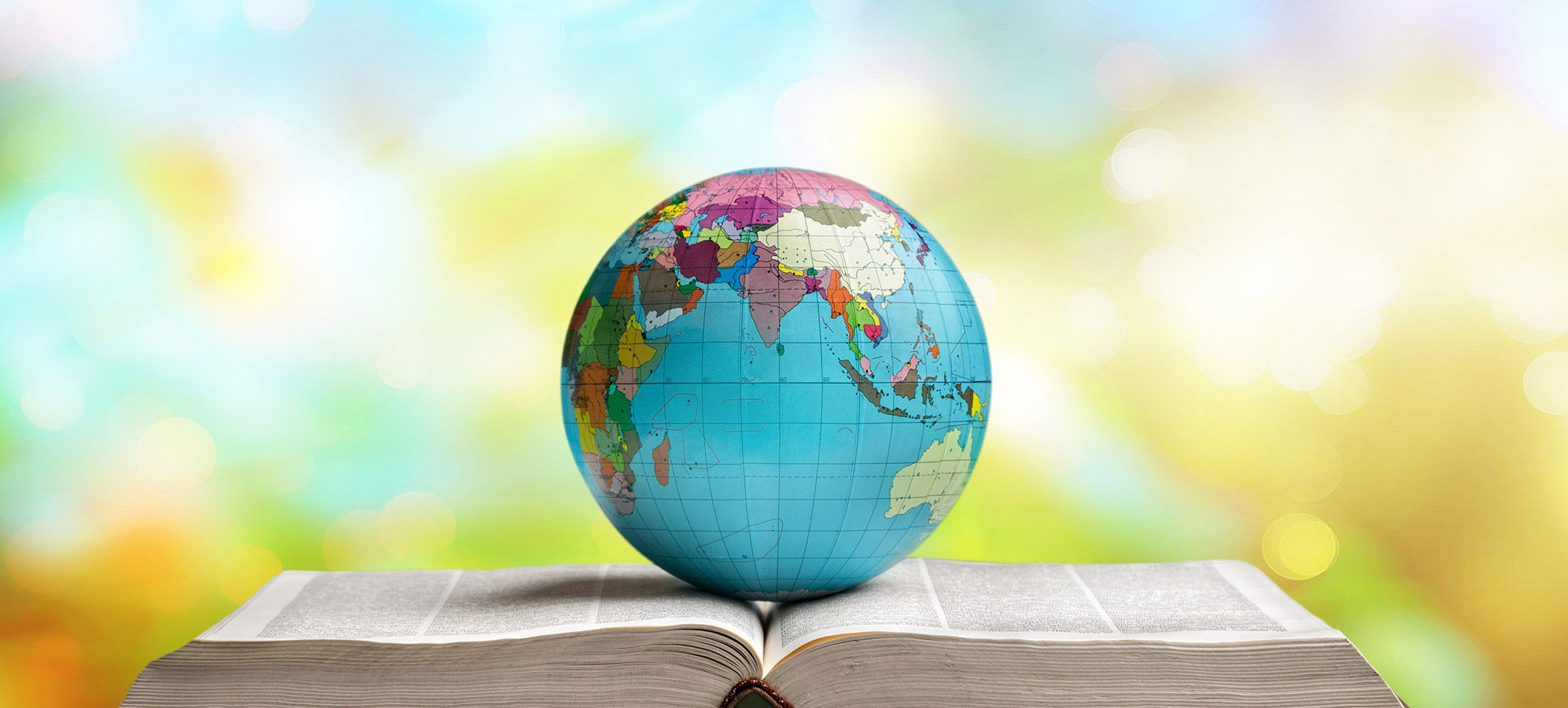How do we help pupils understand the impact of global inequality?
Let’s take action to understand the causes and impact of inequality around the globe at the start of the 21st century.
In these lessons, the focus is on SDG 10 ‘reducing inequality within and among countries’, the lessons also link to other SDGs that relate to inequality such as SDG 1 (No Poverty), SDG 2 (Zero Hunger), SDG 3 (Good Health and Wellbeing as well as SDG 8 (Decent Work and Economic Growth)
We offer reliable and accurate facts relating to ‘International Inequalities’ and these lessons will build knowledge and give opportunities for pupils to reflect on how they can make a positive contribution towards reducing global inequality.
‘Leaving No one Behind’ is one of the fundamental principles of the Global Goals or SDGS. The 17 SDGs are part of “Transforming our world: the 2030 Agenda for Sustainable Development.” In accepting the need for the 2030 Agenda the 193 countries that signed up agreed that these targets had to be met in’ all nations’ and applied to all people. Furthermore, they endeavoured to reach first those who are furthest behind.
The aim of these materials is to provide ideas for teachers to address issues linked to migration and asylum, including the right to a nationality, protection under the Refugee Convention (1951), to be treated with dignity, and to live in safety and security. The Refugee Convention is based on the Universal Declaration of Human Rights (1948), which states that people have the right to seek a place of asylum if they are being persecuted in their own country. The lessons are closely linked to many of the 17 SDGs.




